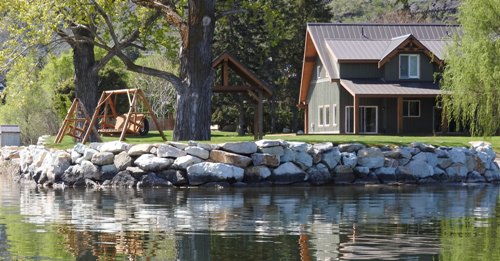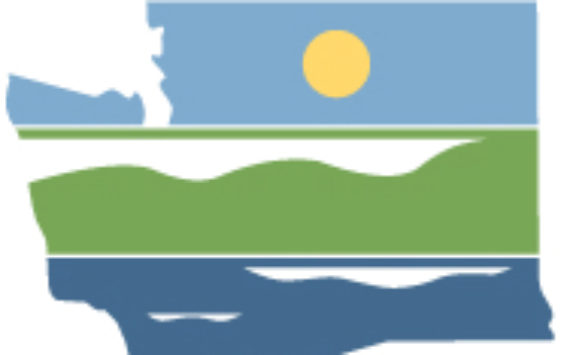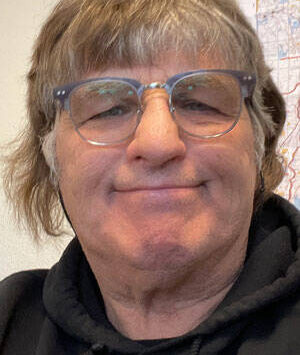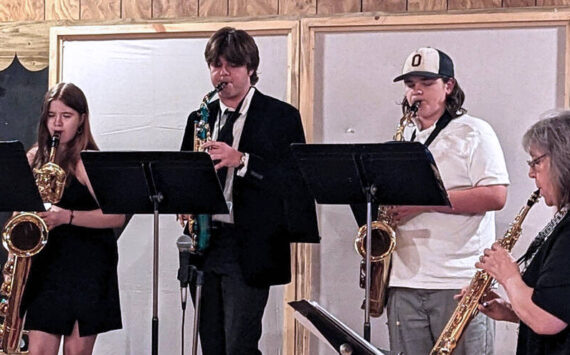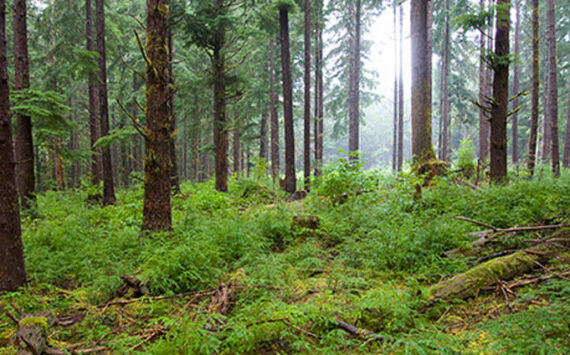Bulkhead and fill material to be removed from fish-critical lake
OROVILLE – Under a settlement agreement with the Washington state Department of Ecology, a family trust from Canada has agreed to restore a shoreline and wetland on Lake Osoyoos in Okanogan County.
In winter 2013, the Teade DeVries Family Trust from Langley, British Columbia, installed without authorization a 500-foot-long bulkhead and filled in a wetland on a 1.3-acre parcel of lakeshore property.
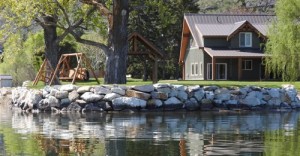

Hardscaped bulkhead and fill will be removed from shoreline as part of a settlement on Lake Osoyoos in Okanogan County.
As part of the settlement, the trust will remove the bulkhead and fill material, and restore the shoreline and wetlands.
The trust entered into the agreement after having appealed an administrative order from Ecology in August 2015 to the state Pollution Control Hearings Board.
In lieu of a hearing and further litigation, the trust agreed to enter into a settlement agreement with Ecology.
Lake Osoyoos provides important habitat for chinook and sockeye salmon, and steelhead trout.
Bulkheads can reduce the amount of available food to juvenile steelhead because the structures can replace or crowd out vegetation providing important habitat for insects and other food sources. The structures can also increase the likelihood juvenile salmon and steelhead will be eaten by predatory fish because they normally hide in water too shallow for larger fish to enter.
“Bulkheads also encourage erosion in the lakebed because the energy that causes shore erosion gets redirected,” said Dale Bambrick, NOAA-Fisheries Columbia Basin Branch chief in Ellensburg. “As the lakebed erodes, water levels in the nearshore deepen, allowing larger predatory fish to pursue juvenile fish up to the water’s edge.”
Ecology permit specialist Andrea Jedel said, “By agreeing to restore the environment where the construction occurred, the Teade DeVries Family Trust is demonstrating their commitment to protect our shoreline resources.”
Ecology recommends that when property owners seek to build bulkheads, retaining walls, and other shoreline structures, they first start by consulting their local city or county government as well as the agency about applicable regulations.
The trust has 90 days to acquire the necessary permits and approvals and nine months to develop a restoration plan to begin the shoreline and wetland restoration work.
